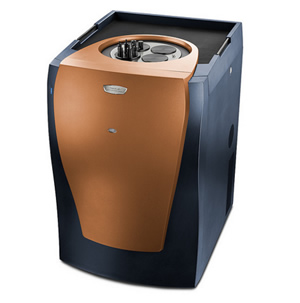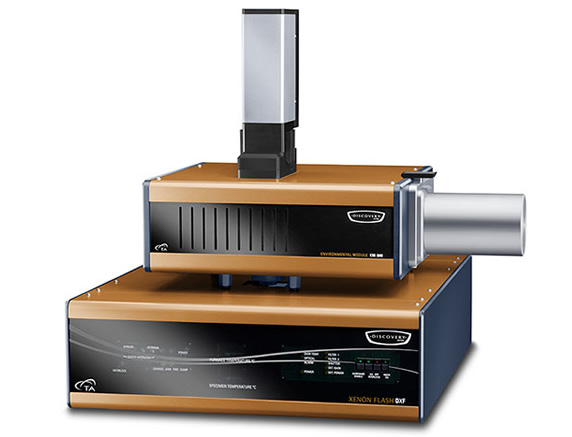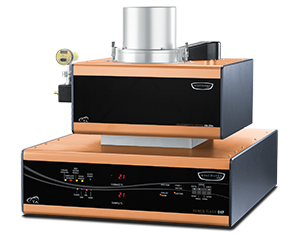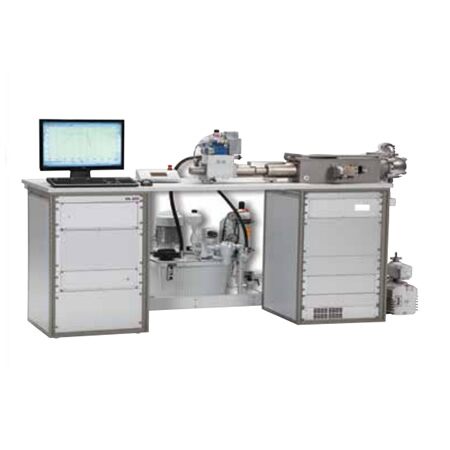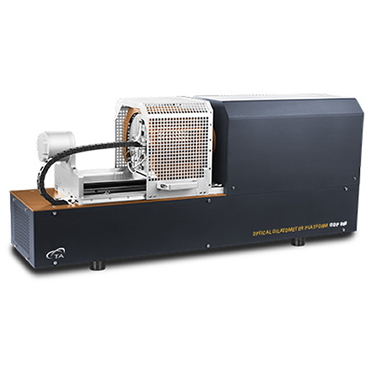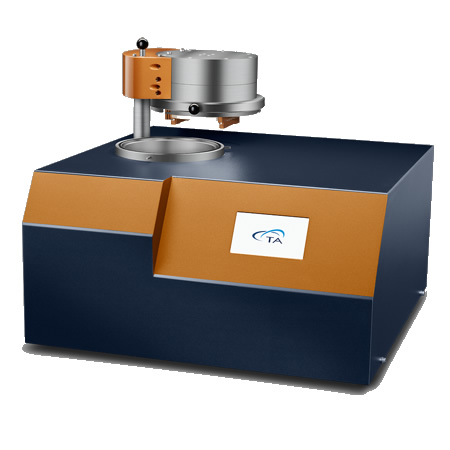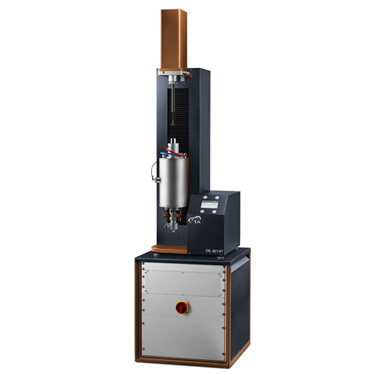TAM IV
TAM IV is the most sensitive, stable and flexible microcalorimeter system in the world for directly measuring this universal heat signal and, therefore, the quantitative thermodynamic and kinetic observation of any process. It is a unique microcalorimeter system that is completely modular and combines the highest heat flow sensitivity with unmatched long term temperature stability for measuring many processes that are undetectable by other techniques. A wide range of calorimeter configurations and sample handling systems provide maximum application flexibility and ensure optimum laboratory productivity.


